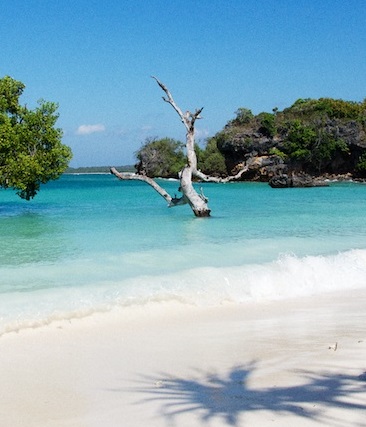Tour to talk conservation for tiny islands
 A study tour is bringing together researchers and community members from across the Arafura and Timor seas to share ideas for the future.
A study tour is bringing together researchers and community members from across the Arafura and Timor seas to share ideas for the future.
Sustainable activities for the conservation and management of marine and coastal resources will be the main topic for the mobile think-tank.
A study tour is running from the 7th to the 11th of this month, hosted by the Research Institute for the Environment and Livelihoods at Charles Darwin University and the North Australian Indigenous Land and Sea Management Alliance (NAILSMA).
Community members have travelled across the ocean to contribute - from Rote Island (Indonesia) to Timor-Leste. They will visit Darwin and eastern Arnhem Land to meet with local Indigenous groups, environmental managers and conservation professionals.
The groups have been brought together to share knowledge, skills and experiences of coastal and marine management, livelihoods and biodiversity conservation.
The tour will feature meetings with representatives from Nature Conservancy, the Northern Territory Government’s Darwin Aquaculture Centre, Dhimurru Aboriginal Corporation and the Yirralka Rangers.
Charles Darwin University Senior Research Fellow Dr Natasha Stacey said the discussions are vital to the pristine but highly-threatened coastal and marine ecosystems.
“The region is extremely rich in marine resources... valuable fisheries resources are vital to many communities in the region and support economic and livelihood activities that stretch across the region’s international borders,” Dr Stacey said.
NAILSMA CEO Joe Morrison said while there were significant differences between the histories and cultures of the various groups; they are allied in common issues, challenges and concerns.
“Some of these issues include physical remoteness, cultural and linguistic diversity, community poverty, mobility and migration, and shared responsibilities for marine resources,” Mr Morrison said.
“The exchange will generate ideas, innovations and partnerships that contribute to strengthening community capacity for sustainable livelihoods through improved coastal management and aquaculture.”
The project has been made possible by the Global Environment Facility International Waters Program and the Australian Commonwealth Department of the Environment.








 Print
Print